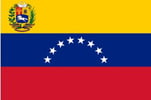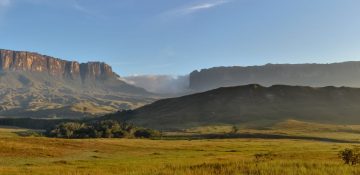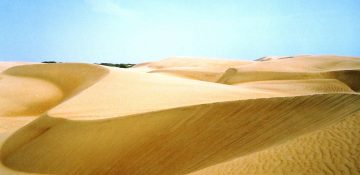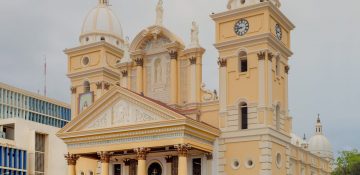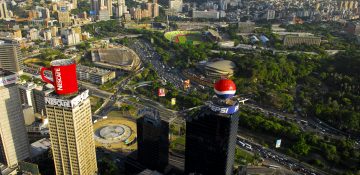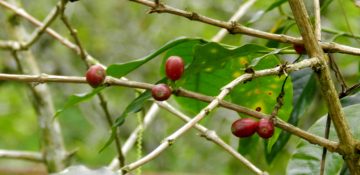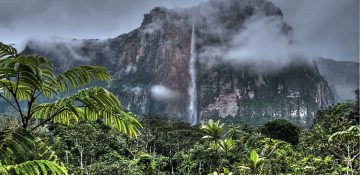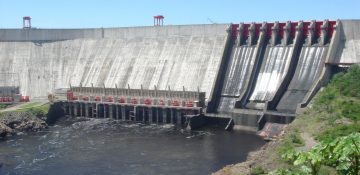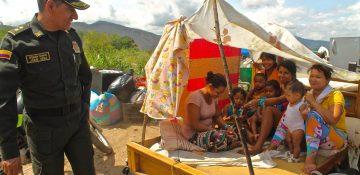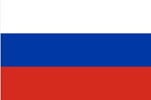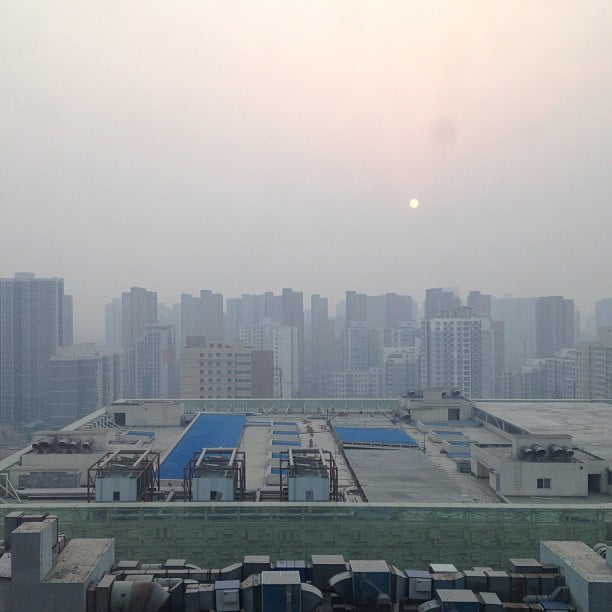 The Climate Change Schools Resources were developed by the Climate Change Schools Project, based at the then Science Learning Centre in Durham and led by Krista McKinzey. A large number of teachers and schools in North East England were involved in their development.
The Climate Change Schools Resources were developed by the Climate Change Schools Project, based at the then Science Learning Centre in Durham and led by Krista McKinzey. A large number of teachers and schools in North East England were involved in their development.
They have subsequently been updated by the Royal Meteorological Society.
Climate Change Teaching Resources for Schools
Resources for KS2/ upper primary
Resources for KS3 (some can also be used at KS4/ GCSE)
Resources for A level/ more advanced students and teacher CPD
A Climate Literate person;
- Understands the essential principles of Earth’s climate system and knows how to assess scientifically credible information about climate,
- Communicates about climate and climate change in a meaningful way,
- Can make informed and responsible decisions with regard to actions that may affect climate.


